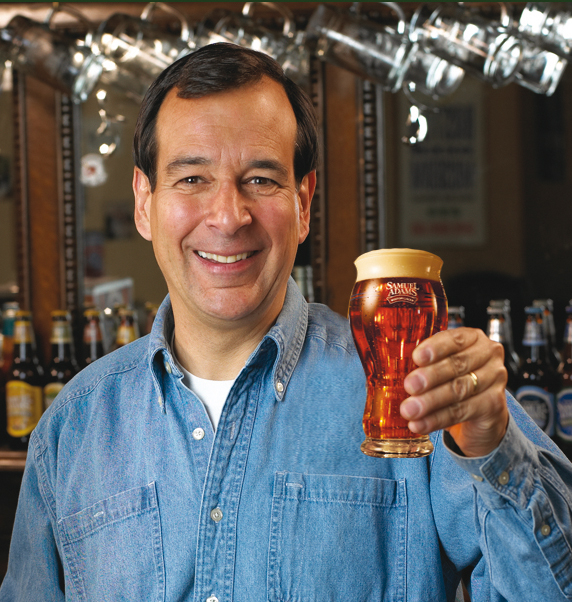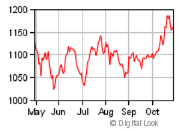When Harvard-educated Chairman Jim Koch decided to abandon a career in consulting to become a brewer, he set out one of the best beers in America. And that’s what he did: Mr Koch created the award-winning Samuel Adams Boston Lager – the flagship beer in a line of more than 20 varieties – allegedly from an old Koch family recipe that had been passed down for generations.
Earlier in October Constellation Brands said its fiscal second-quarter profits for the three months ended 31 August 2010 fell to USD 91.3 million from USD 99.7 million in the same quarter last year.
Thank heavens Grupo Modelo could improve pricing. That’s why net sales grew 5.0 percent, totalling 23,233 million pesos (USD 1.87 billion). Domestic sales showed an increase of 2.4 percent. Export revenues in pesos increased 6.2 percent and stood at 45.1 percent of net sales. The net export revenues were USD 821 million, a 10.5 percent increase compared to the same quarter of 2009.
Mr Ackman revealed in October 2010 that his fund Pershing Square Capital owns an 11 percent stake in Fortune Brands.
The course is conducted by Lucy Saunders and Randy Mosher, the author of "The Brewers Companion", "Radical Brewing" and "Tasting Beer". Mr Mosher has contributed articles regarding brewing and beer styles to some of the world’s leading brewing publications. He has lectured on brewing & beer styles across the country and has been involved in an ongoing effort to revive extinct historical beers.
The last thing a Californian microbrewery needs is to be associated with the effort against legalising marijuana. As soon as the media got wind of CBBD’s involvement, Sierra Nevada and several other microbreweries were hammered with emails from pro-legalisation people threatening them with a boycott. Even the blogosphere got rolling on the issue, with comments like “brewing industry is paranoid of the competition.”
The reason for the deal is that Coke seeks to gain more control over distribution. Also, it expects USD 350 million in cost savings as a result of the deal.
The sale of Burger King is expected to be finalised in the last three months of 2010. Burger King has until 12 October 2010 to solicit a richer offer from other buyers, which does not seem very likely given that the deal’s valuation – at almost nine times cash flow over the last year – is higher than previous restaurant deals.
We have no idea what possessed them in St. Louis to come up with such a dumb promotion. Desperation, we suspect.
As we never tire of repeating at development cooperation meetings, the brewing and beverage industry is Africa’s major private sector employer. That’s why it is only fair that Heineken was among the ten organisations to receive the 2010 WBD award. According to the judging panel, Heineken impressed by demonstrating that there is a clear link between sound business practices and the Millennium Development Goals.



